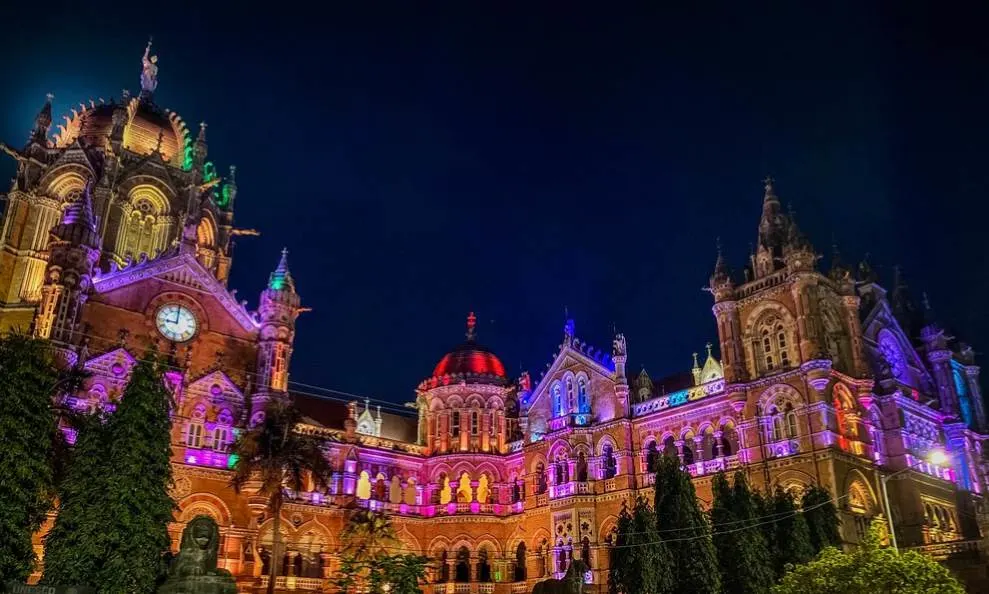The revival of particular architectural styles of the past is a worldwide phenomenon. Sometimes architects replicate a style, others produced eclectic designs that incorporate multiple styles.
One of the most stunning Gothic Revival buildings in the world can be found in a historic district of Mumbai, Maharashtra, India.
Let’s take a closer look at some of the most interesting facts about Chhatrapati Shivaji Terminus, one of the most amazing train stations in the world.
1. It’s located in the Fort business and art district of Mumbai
Chhatrapati Shivaji Terminus is a magnificent train station located in the Fort District of Mumbai, the capital city of the Indian state of Maharashtra in the western part of the country.
As the name of this district suggests, this business and art district was named after a fort constructed here by the British East India Company called “Fort George.”
This fort was in turn constructed in the vicinity of Bombay Castel, the oldest defensive structure in the city of Mumbai. Yes, this is really the historic heart of the city.
Many other historic landmarks in India are located on the Mumbai Harbour waterfront. One of these is India Gate, a monument arch completed in 1924. The historic Elephanta caves are located just east.

2. It was built as the headquarters of a former Indian railway company
Chhatrapati Shivaji Terminus is officially known as Chhatrapati Shivaji Maharaj Terminus and serves as a terminus station in this part of Mumbai.
This busy station is housed in one of the most stunning Gothic Revival buildings in India. It not only serves as a terminus building but also houses offices.

It was initially used as the headquarters of the Great Indian Peninsular Railway, the predecessor of the Central Railway of India.
Today, it still serves this purpose as it’s here that the offices of the Central Railay of India are located.
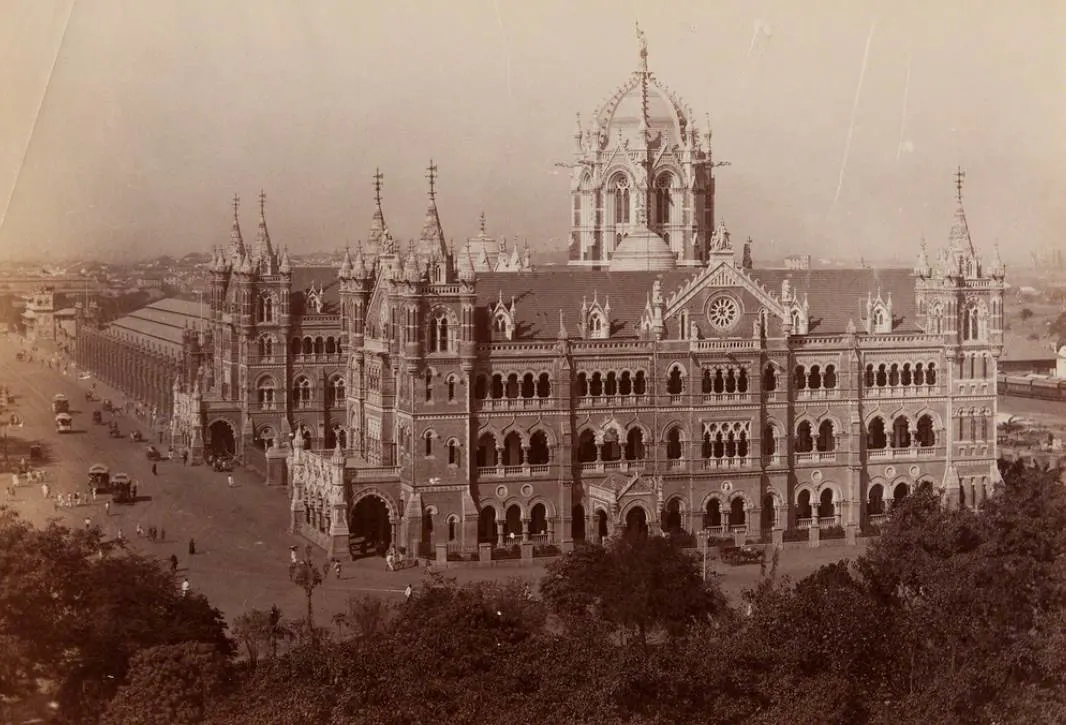
3. The Gothic Revival building was designed by a renowned British architect
This building is one of the prime examples of Victorian-era Gothic Revival architecture in India. It incorporated the flamboyant Italian Gothic style that can be found in major cities in Italy.
The building was designed by an Engish architect named Frederick William Stevens (1847-1900). He was mainly active in Bombay in the late 19th century and designed various structures in the city.
He based the design on the watercolor drawing of a Swedish illustrator named Axel Haig (1835-1921). This is quite remarkable because he drew numerous buildings that were later used by some of the most prominent architects of his time.
The budget of the project was ₹1,614,000 (US$20,000), the equivalent of approximately ₹2,013 million (US$25 million) today.
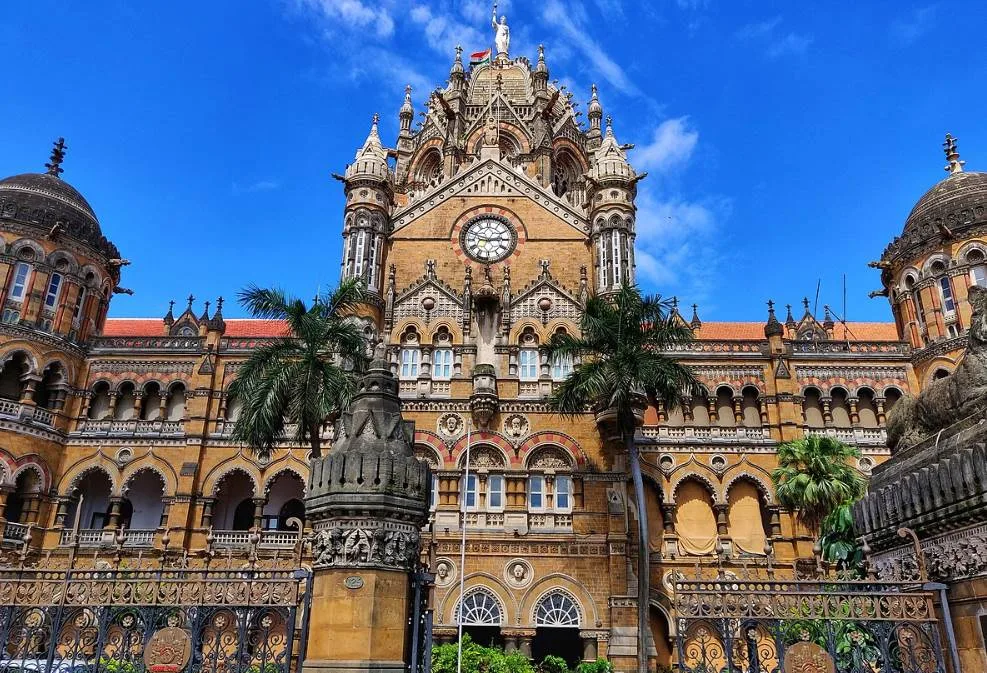
4. The design resembles that of a prize-winning design by another British architect
The design of the building incorporates both elements of the flamboyant Gothic Revival style that was popular in the Victorian era and traditional Indian architecture.
Although the countless turrets and pointed arches that dominate the building’s roofline are common Gothic elements, they were designed to resemble those used to build Indian palaces.
It was originally thought that the design was based on St Pancras railway station in London, a structure that was completed in the late 1860s.
It’s more likely that it was based on a design by the same architect that was never materialized.
Sir George Gilbert Scott (1811-1878) produced a winning plan for the Reichstag Building in Berlin in 1875 that features a similar design with a ribbed central dome and Gothic turrets.
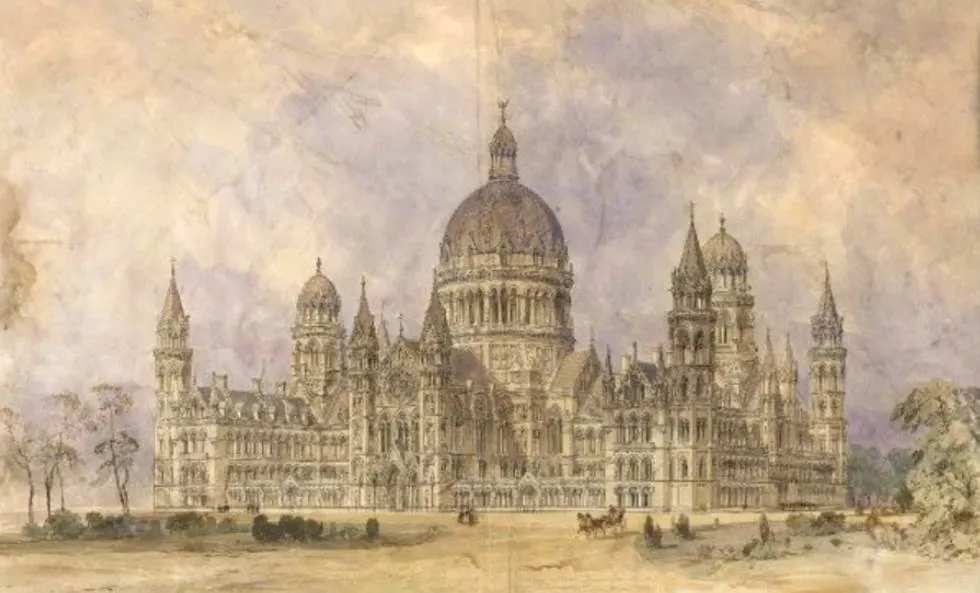
5. Chhatrapati Shivaji Terminus replaced the oldest railway station in India in the 1880s
One of the most fascinating facts about Chhatrapati Shivaji Terminus is that it was constructed on the location of the former Bori Bunder railway station.
This station was completed in 1853 and was the location where the first passenger train in India departed. It ran to the city of Thane that year.
To give some reference to this, the first train in Europe traveled between the Belgian cities of Brussels and Mechelen on May 5, 1835, which was about 18 years earlier.
Mumbai was becoming a major port city in India in the second half of the 19th century. The old station didn’t suffice anymore and was replaced by Chhatrapati Shivaji Terminus between 1878 and 1887.
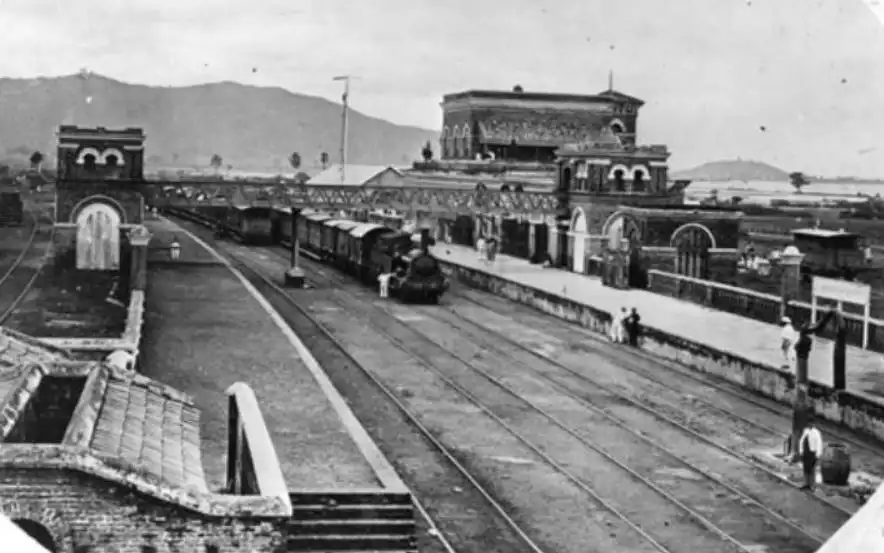
6. It was renamed in 2017 to commemorate a 17th-century Indian ruler
Upon completion, the train station was referred to as “Victoria Terminus,” a reference to the Empress of India, Queen Victoria.
The completion of the building coincided with the Golden Jubilee of Queen Victoria, a celebration to commemorate the 50th anniversary of Queen Victoria’s accession to the throne.
It was first renamed Chhatrapati Shivaji Terminus in 1996 and is officially known as Chhatrapati Shivaji Maharaj Terminus since 2017.
This name was given to commemorate Emperor Chhatrapati Shivaji (1630-1680), the founder of the Maratha Empire which ruled much of the Indian subcontinent by the 18th century.
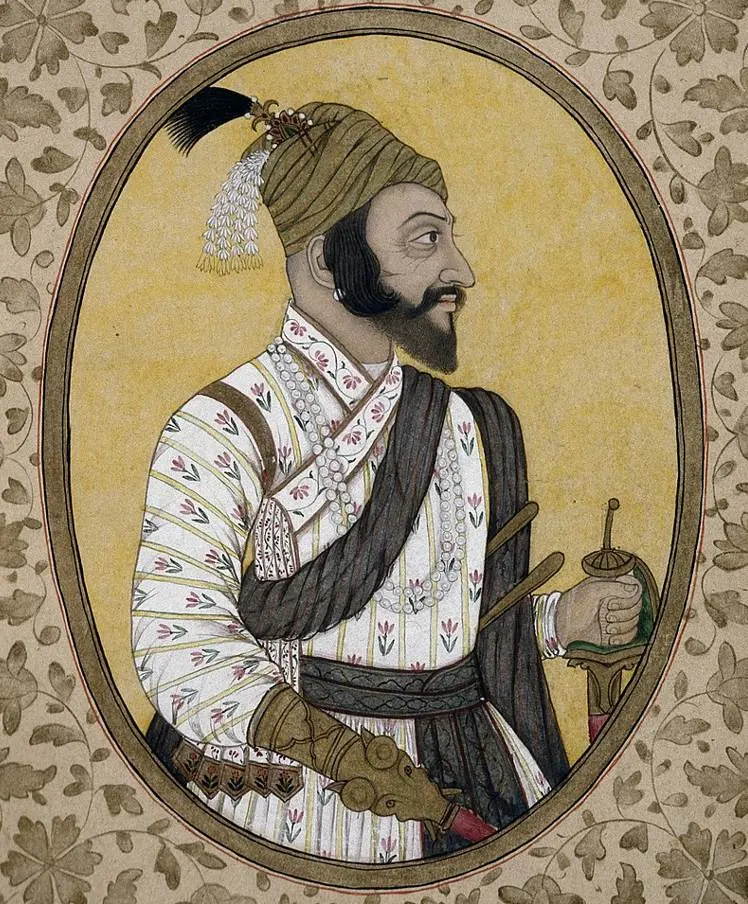
7. The statue of Queen Victoria that once topped the building mysteriously went missing
To further emphasize the fact that the building was named in honor of Queen Victoria, a marble statue of the Queen was installed in a niche just below the clock on the façade.
This sculpture was finally removed in the 1950s, a common practice by the Government of India at the time.
The removed sculptures were sent to Victoria Gardens, the largest public garden in Mumbai that is currently known as Veermata Jijabai Bhonsale Udyan.
Today, there is no trace of the sculpture of Queen Victoria anymore, although it remained on the grass of this park until the 1980s.
The three proposed options are that it was either:
- Smuggled out of the country.
- Sold by politicians.
- Destroyed.
Either way, the mystery of the missing sculpture hasn’t been solved, and the niche of the building’s façade remains empty today.
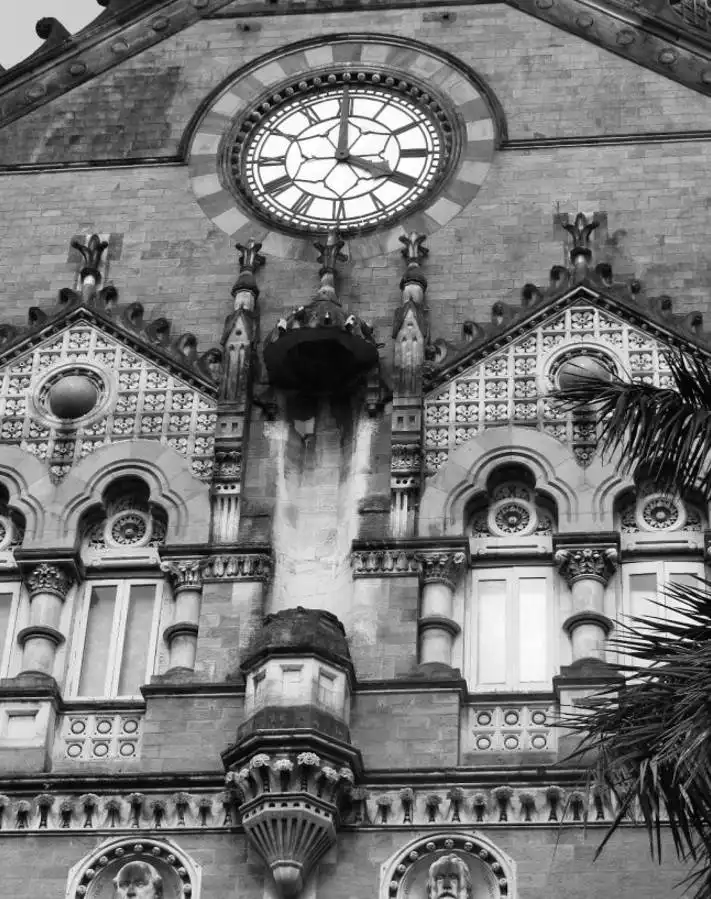
8. It’s one of the busiest railway stations in India and looks amazing at night
As you surely expected, this immense railway station with 18 platforms and 40 tracks is one of the busiest in India.
If you really want to get an amazing view of the building and its incredible Gothic Revival design, then you have to visit at night. As you can see, the building is magnificently illuminated!
